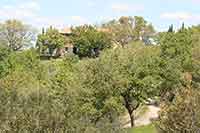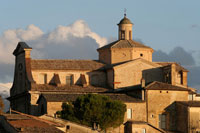| |
|
| |
|
|
|
|
|
|
| |
 |
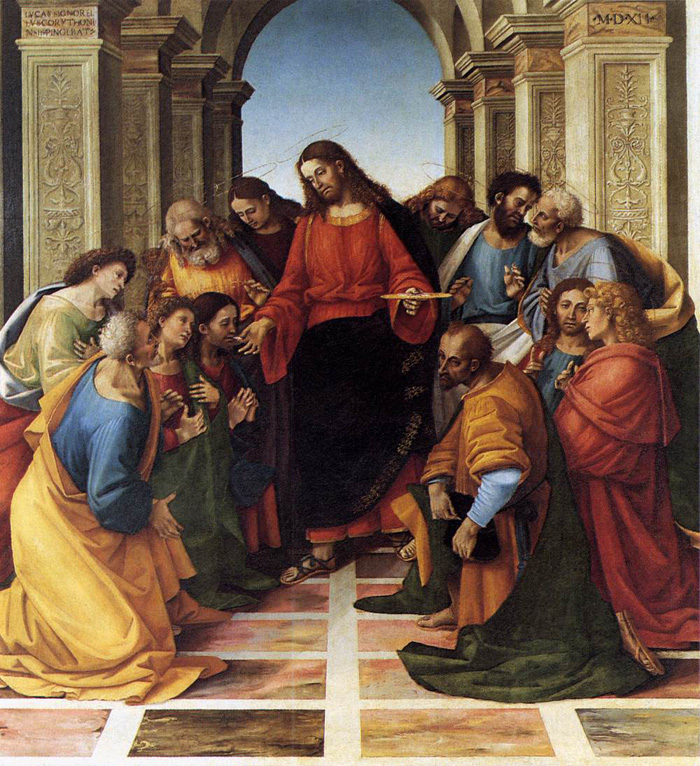 |
Luca Signorelli, Communion of the Apostles, 1512, panel 232 x 220 cm, Museo Diocesano, Cortona
|
|
 |
 |
| |
|
|
|
| |
|
The Communion of the Apostles
|
|
|
|
| |
|
The Communion of the Apostles is a painting by Italian Renaissance artist Luca Signorelli, dating from around 1512. It is currently housed in the Diocesean Museum of Cortona, Tuscany.
Luca Signorelli’s Communion of the Apostles depicts the moment in which Christ administers his body and blood to the Apostles, but the iconography for the scene is quite unusual for Italy. The iconography had been indeed inspired by Justus van Gent's Corpus Domini Altarpiece (1472–1474), that Signorelli had seen during his stay at Urbino.
The Communion of the Apostles seems to be straining to escape from the cruel and tragic style of the Last Judgment of Orvieto and the Lamentation of Cortona, in order to imitate the sweet tones of the airy architecture of Raphael and the new sixteenth-century school.
Above an ancient style background, similar to Perugino's works, Signorelli painted Christ in the center of the scene, surrounded by brightly dressed apostles in a pyramidal composition. Christ holds a dish with the hosts he is delivering them. Among the apostles, Judas Iscariot is portrayed while turning towards the seer: at the same time, he is hiding into his purse the coin of his betrayal.
The altarpiece was most likely accompanied by a predella. Three of its panels have been identified with the Meeting of the Pilgrims on the Road to Emmaus and Supper in Emmaus in the Julius Weitznel collection, and with the St. Catherine of Alexandira now at the Museo Horne in Florence.[1]
|
|
|
|
| |
|
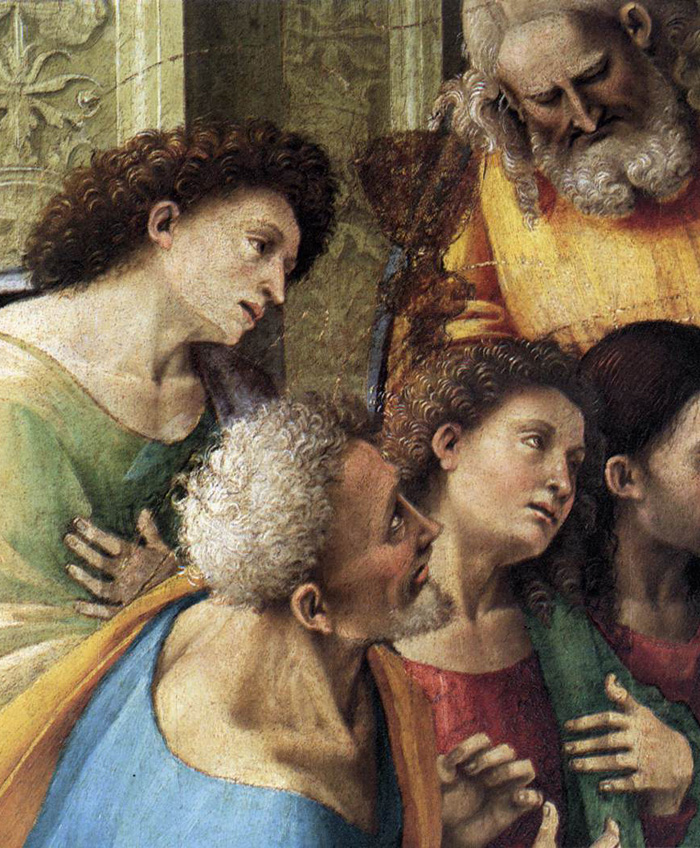 |
Luca Signorelli, Communion of the Apostles, (detail), 1512, panel 232 x 220 cm, Museo Diocesano, Cortona
Luca Signorelli, Santa Caterina d'Alessandria, Museo Horne, Firenze
|

[1] Sources: Paolucci, Antonio (2004). "Luca Signorelli". Pittori del Rinascimento, Scala. Florence.

Vasari's Lives of the Artists | LUCA SIGNORELLI, painter of Cortona (ca. 1450-1523)
|
This article incorporates material from the Wikipedia article Communion of the Apostles (Signorelli) published under the GNU Free Documentation License.
Wikimedia Commons has media related to Luca Signorelli. |
|
|
| |
|
|

One of Tuscany's best kept secrets is the beautiful valley sheltering this recently renovated 18th century farm house, a podere retaining all the charm and delight of its past combined with updated comfort. Podere Santa Pia, a former cloister with an authentic character, is located in the heart of the Valle d'Ombrone, and one can easily reach some of the most beautiful attractions of Tuscany, such as Montalcino, Pienza, Montepulciano and San Quirico d'Orcia, famous for their artistic heritage, wine, olive oil production and gastronomic traditions. It is the ideal place to pass a very relaxing holiday in contemplation of nature, with the advantage of tasting the most typical dishes of Tuscan cuisine and its best wines.
The hidden secrets of southern Tuscany | Podere Santa Pia | Artist and writer's residency
|
| |
|
|
|
|

. |
|
|
Podere Santa Pia |
|
Podere Santa Pia, garden view, December |
|
View from Podere Santa Pia
on the coast and Corsica |
| |
|
|
|
|
|
|
|
|
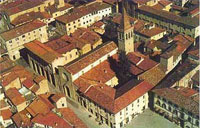
|
Montefalco |
|
|
|
Sansepolcro |
|
|
|
|
|
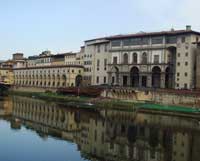 |
|
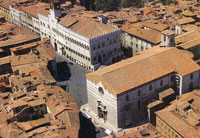 |
|
 |
Vasari Corridor, Florence |
|
Perugia |
|
Florence, Duomo |
|
|
|
|
|
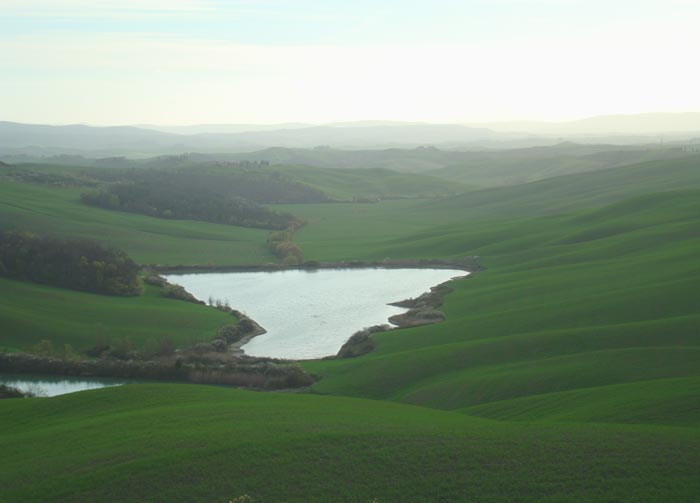 |
Crete Senesi, surroundings of Podere Santa Pia
|
| |
|
|
| |
|
|
|
| |
|
|
|
| |
|
|
|
| |
|
|
|
| |
|
|
|
| |
|
|
|








